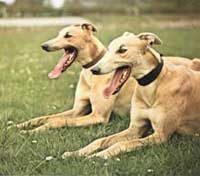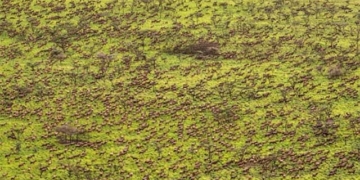Greyhounds are exceptional athletes, possessing a unique body structure that allows them to handle curves without reducing their speed.
 Researchers from the UK have found that, unlike humans who must slow down on curves to cope with increased gravitational and centripetal forces on their legs, greyhounds can navigate turns without altering their stride.
Researchers from the UK have found that, unlike humans who must slow down on curves to cope with increased gravitational and centripetal forces on their legs, greyhounds can navigate turns without altering their stride.
Animal biologist James Usherwood from the Royal Veterinary College in the UK stated, “It’s astonishing to learn that greyhounds are not limited by the factors that humans must contend with.”
Usherwood and his team analyzed the gait of 40 greyhounds as they ran straight and through tight curves.
Sprint athletes in the inside lane often face a slight disadvantage due to their curves being tighter compared to those in the outside lane. This is one reason the International Association of Athletics Federations discontinued indoor sprint competitions due to excessively narrow turns.
However, greyhounds maintain a consistent stride whether on straight paths or curves and can withstand a 65% increase in force on their limbs.
“This supports the hypothesis that greyhounds generate movement through torque around the hips, so – much like cyclists – the muscles generating power are completely separated from body weight,” Usherwood explained.
Horses, hares, and greyhounds all reach peak speeds of around 17 meters per second, nearly double that of humans.
“The fundamental differences in the speed barriers between quadrupedal animals and humans are crucial for understanding mechanical limits and interspecies differences,” Wilson remarked.

















































